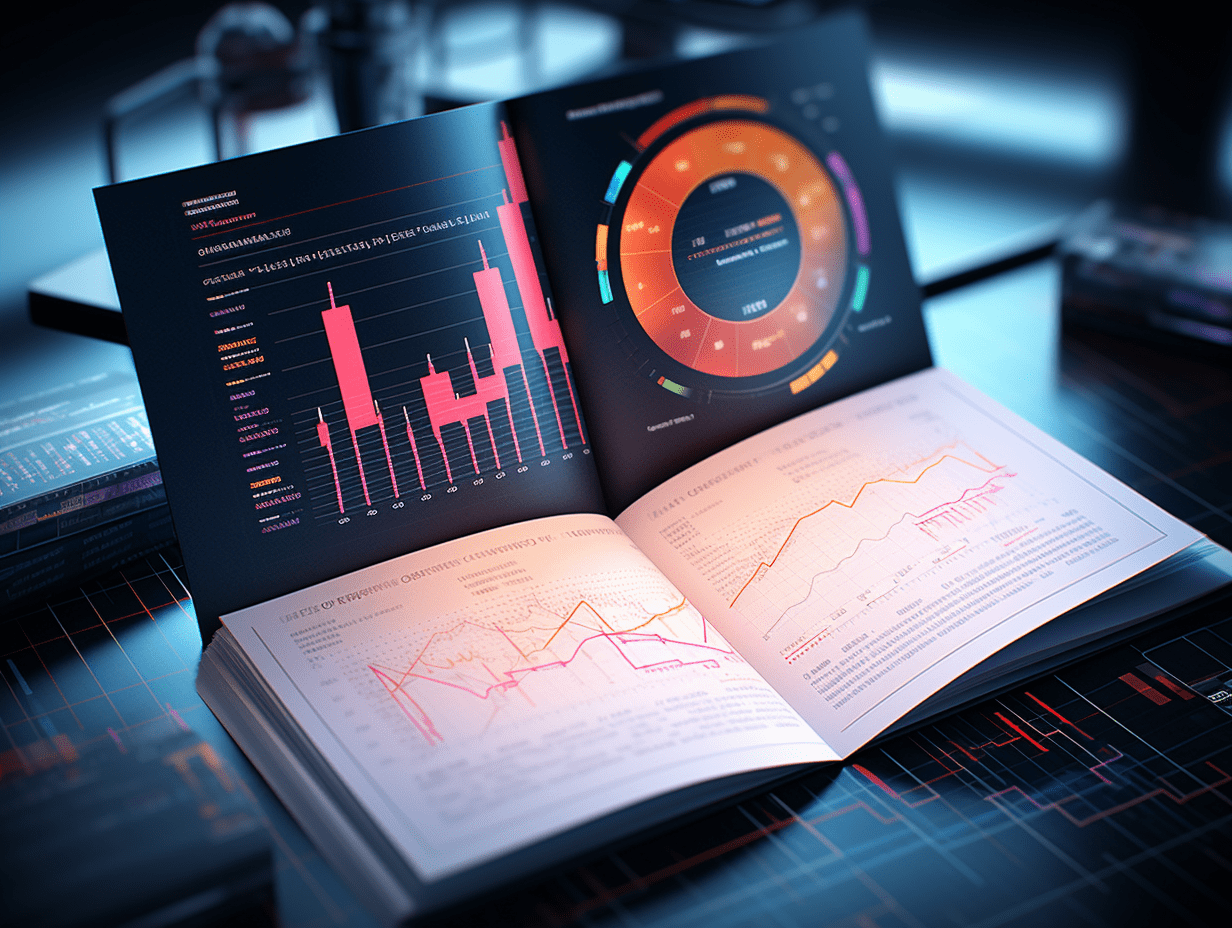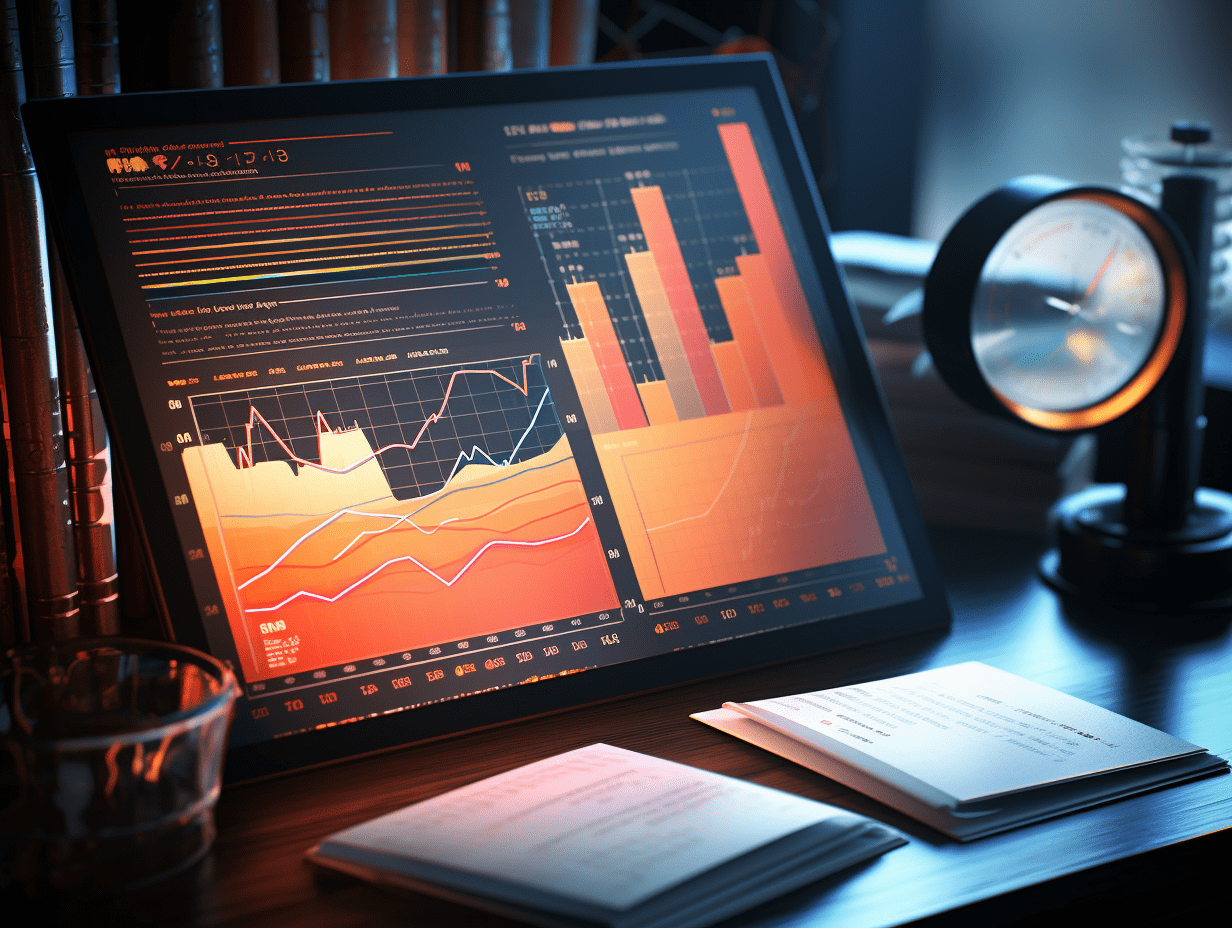
This recent global stock market sell-off is very similar to the one 5 years ago. History tells us that the downward trend is not yet over.
Currently, global investors are eager to exit the stock market and preserve capital in response to the uncertainty of macroeconomic policies, a behavior that bears many similarities to the global stock market sell-off during the COVID-19 pandemic. However, the sharp decline in global stock markets currently facing a stormy situation bears many similarities to the stock sell-off period during the COVID-19 pandemic, indicating that there may be more pain in the short to medium term unless a significant macroeconomic event like the "Fed's floodgate opening" (i.e. rate cuts + expansion) occurs to completely reverse market pessimism and allow the stock market trend to turn towards a comprehensive advance.
Investors rapidly reducing exposure to stocks at historically high levels, coupled with a surge in hedging demand and a sharp increase in the VIX volatility index, are reminiscent of the sell-off during the COVID-19 pandemic. However, the current global stock market crash may be more severe than the pandemic sell-off period, as the White House's tariff policy deadlock and retaliatory actions by important US trading partners such as China and the EU intensify market pessimism, while stalled corporate buybacks (restricted until April 24) and continued institutional selling lead to a lack of support in the market.
On the technical side, indicators show that the benchmark S&P 500 index and the European stock market benchmark Stoxx 600 index still have room for further decline, with a potential 10%-15% drop in valuations for US and European stock markets if Trump's tariff policy triggers a global recession. Despite J.P. Morgan predicting a short-term technical rebound, statistics indicate that global stock market short positions may amount to as much as $60 billion, suggesting that significant downside risks persist for global stocks in the short to medium term.
The similarities to the sell-off wave of 2020 suggest "more pain ahead"
Whether in the present or in 2020, investors held extremely high long positions in stocks at the beginning of the year, which are now being rapidly liquidated. At the same time, hedging demand in global stock markets is surging. Some Wall Street analysts point out that as long as the White House maintains a tough stance on tariffs and major trading countries, including China, take retaliatory measures, it spells bad news for financial markets.
Uncertainty expectations about US policies have soared to their highest level since the start of the COVID-19 pandemic, while the S&P 500 volatility index, known as the "VIX fear index," continues to rise. Like during the global pandemic of five years ago, market confidence in the economy has suddenly eroded, and a substantial reversal is needed to halt the stock market's descent. It is clear that such a reversal has not yet materialized.
"Until we see any exit path being adopted, the market is preparing for the next potential sharp decline," said Andrew Taylor, a market intelligence strategist from J.P. Morgan. "With other countries taking retaliatory actions, the market conditions are deteriorating."
However, J.P. Morgan's trading department predicts that expectations of uncertainty arising from the trade war will be under control this quarter and some technical indicators suggest the market may see a temporary relief rebound.
Hedging demand in the US market has surged, with options trading volume hitting record levels, although this data may be skewed by a large number of zero-time decay options. While such contracts account for a small proportion of trading volume in European stock markets, put options on the Euro Stoxx 50 index, a benchmark for European blue-chip stocks, have soared to the fourth highest level on record. This situation once again mirrors what was seen during the COVID-19 pandemic period.
Furthermore, the market lacks mid-term support. In the US stock market, corporate buyback plans are not expected to kick in until later this month, with Goldman Sachs' strategists predicting that the quiet period for such transactions will continue until April 24. Hedge funds have been selling off US stocks for several weeks, especially in tech stocks led by the "big seven," while pure long positions funds are also heavily cutting their stock positions, leaving only individual investors yet to start reducing their exposure to stocks.
"The market will remain volatile, and we may not have seen the near or medium-term lows at the index level," said John Flad, a partner and market trading expert from Goldman Sachs. He expects institutional investors to start heavily buying when the S&P 500 index falls below 5,000.
Global stock markets face a "short selling force topping $60 billion"
According to the latest estimates from Goldman Sachs' trading department, trend-following funds known as CTAs have shorted up to $31 billion in US stocks but still hold $16.5 billion in global stocks. More importantly, they are expected to significantly increase short positions in global stock markets, with sales of approximately $70 billion in stocks expected this week, and the scale of future sales over the next month could reach $98 billion, depending on stock market movements.
"In the next week and month, under any circumstances, these funds are expected to be one of the largest market sellers," Goldman's analysts wrote, adding that most of the fund flows will occur outside of the US market. "If our forecasts are correct, our flow estimate shows that trend-following group CTA is likely to rebalance to approximately $60 billion in global stocks short trends, leading to the above-mentioned selling trends in the next week and month."
Valuations are unlikely to provide support for US and European stock markets at this stage. Over the past week, both the S&P 500 index and the Stoxx 600 index have experienced significant downgrades, but based on previous sell-offs, there is still room for further declines even outside of an economic recession. Strategists from France Industrial Bank and Goldman believe that if tariffs trigger a global recession, valuations could fall a further 10%-15%.
From a technical perspective, the Stoxx 600 index, which had been leading global stock markets so far this year, is currently breaking through key technical support levels under the weight of Trump's tariff moves and is severely oversold, potentially leading to a short-term rebound. After falling below 495 points, 452 points are seen as an important support level based on Fibonacci retracement analysis data, while 434 points for the Stoxx 600 index look like a critical bottom support level based on previous stock market rebound levels.
"It's too early to assume the market has hit bottom now," wrote Valerie Gastaldi, a stock technical strategist from DayByDay SAS in a report.Five years ago, the Federal Reserve decisively initiated a super loose monetary policy - lowering interest rates to close to zero and injecting a massive amount of liquidity into the financial markets, which can be described as the savior of global stock markets, and single-handedly driving global stock markets towards a new bull market cycle.
Today, five years later, will the Federal Reserve still be the savior of the stock market? Will President Trump, who can be seen as the "culprit" of the current bear market crash, redeem himself? Or is there hope for important trade nations or regions such as China, Australia, and the European Union to reach a new trade consensus with the Trump administration that is beneficial for global economic growth?
©️2013 - 2025 GMT EIGHT Holdings. All Rights Reserved.
Contact: [email protected]


